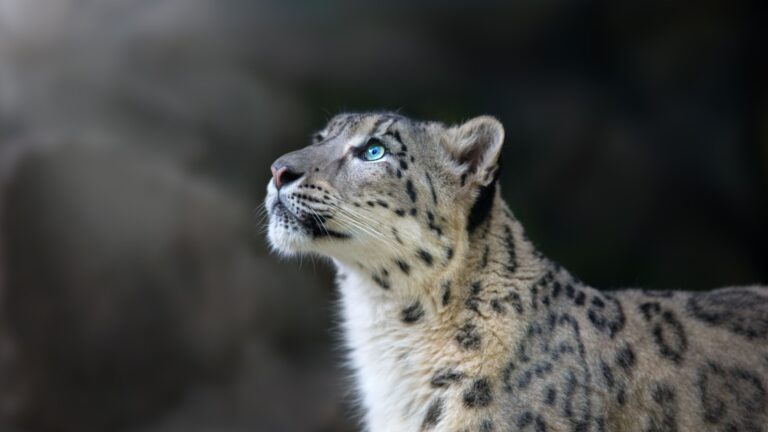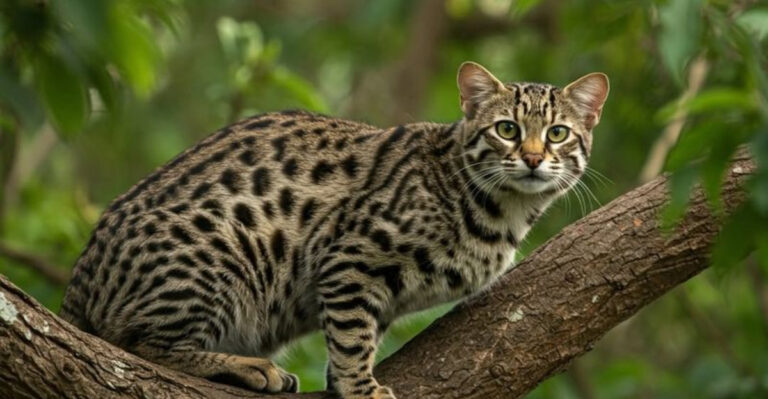13 Things Happy Birds Always Look For In A Yard
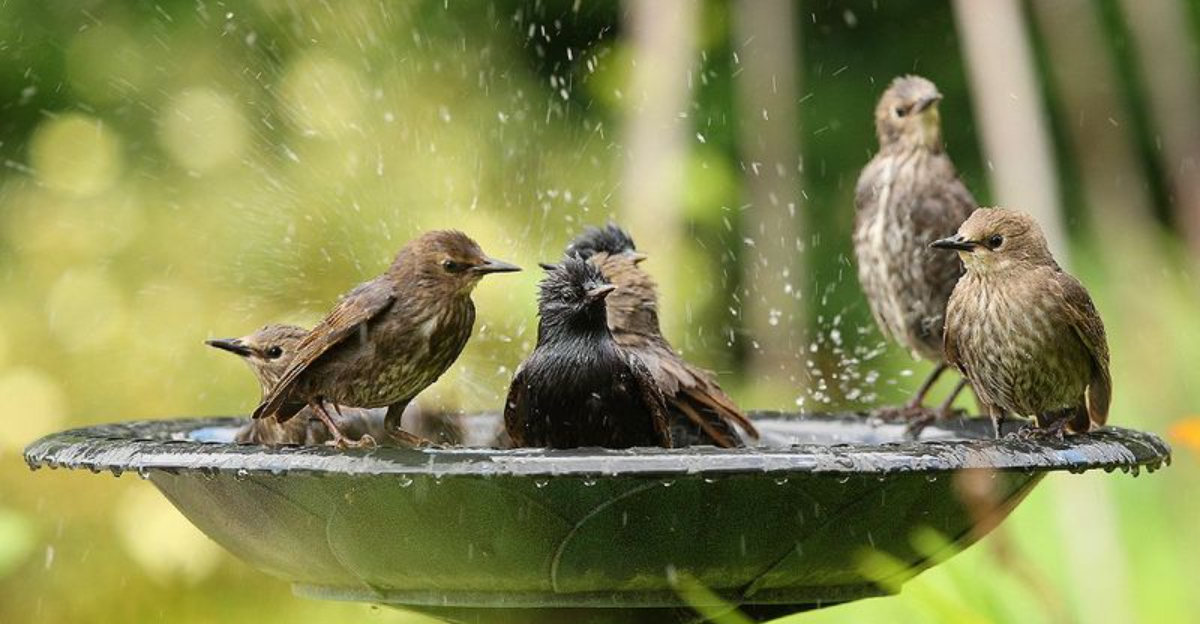
Ever wondered why some yards become avian hotspots while others remain eerily quiet? Birds are picky about where they spend their time, seeking specific features that make a yard feel like home.
Creating a bird-friendly environment isn’t just good for our feathered friends – it brings natural beauty, helpful pest control, and daily entertainment right to your window.
1. Fresh Water Sources
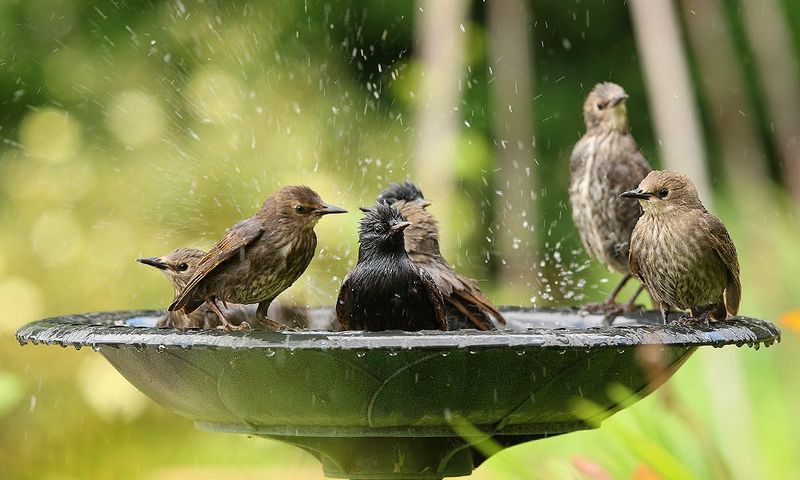
Nothing attracts birds faster than the sound of trickling water. A simple birdbath, bubbler fountain, or even a shallow dish refreshed daily can transform your yard into a bird spa retreat.
During hot summer months and freezing winters, clean water becomes even more precious to birds than food. Remember to place water features where birds can spot predators while drinking.
2. Native Berry Bushes
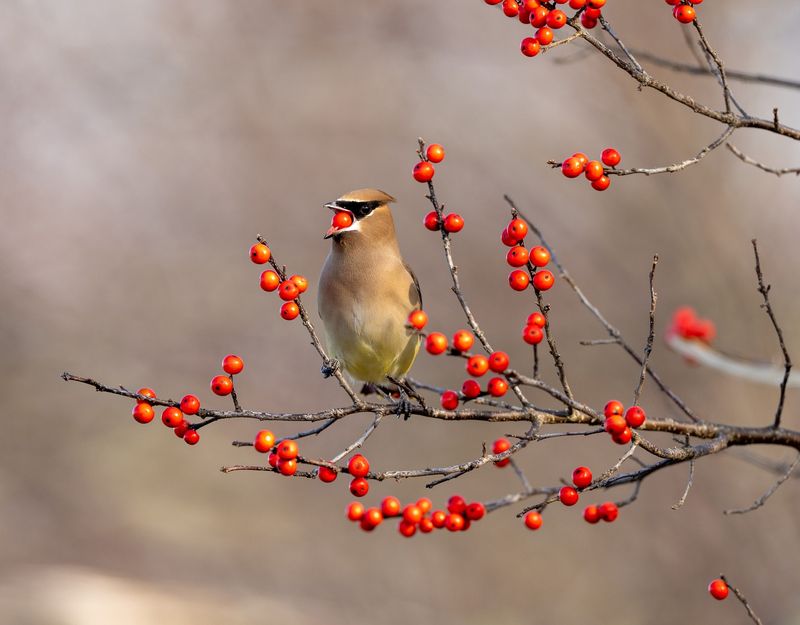
Berry-producing shrubs like elderberry, serviceberry, and holly create an all-you-can-eat buffet for hungry birds. The colorful fruits provide essential nutrients during different seasons.
Native varieties are especially valuable since they’ve evolved alongside local bird species. Plant several types that fruit at different times of year to ensure your feathered visitors have snacks available throughout all seasons.
3. Layered Vegetation

Smart birds look for yards with plants of varying heights – tall trees, medium shrubs, and ground cover. This natural architecture creates different living zones for feeding, nesting, and hiding.
Ground-feeding juncos forage in leaf litter while warblers prefer mid-level branches. Woodpeckers and hawks gravitate toward tall trees. Creating this multi-level habitat welcomes the greatest diversity of bird species to your yard.
4. Seed-Bearing Flowers
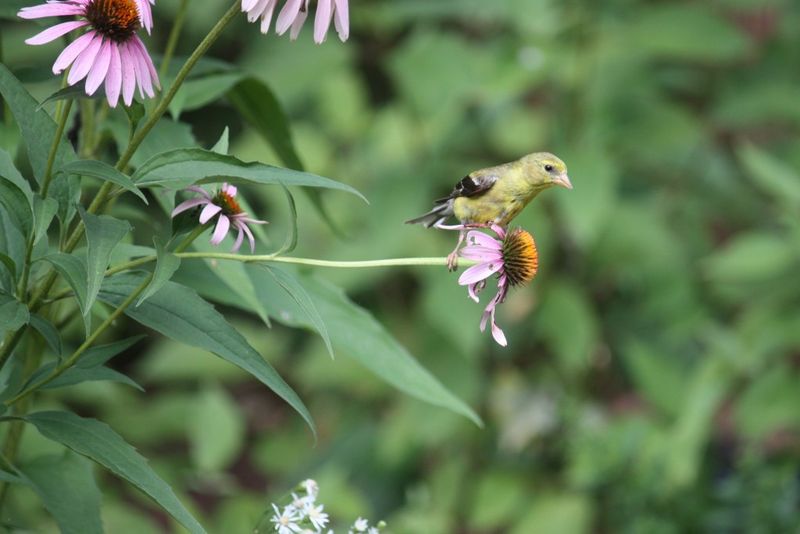
Goldfinches performing acrobatics on swaying coneflower stems create backyard magic worth watching. Sunflowers, zinnias, black-eyed Susans and other seed-producing blooms double as natural bird feeders.
Leave flower heads intact after blooming instead of deadheading. The spent blooms transform into winter pantries for finches and chickadees. These natural feeding stations require zero refilling from you!
5. Sheltered Nesting Spots
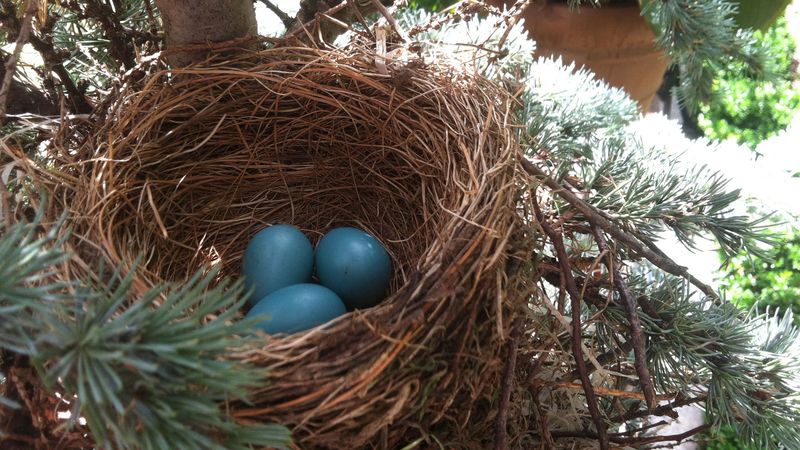
Dense evergreen shrubs and trees with forked branches offer prime real estate for nest-building birds. These protected spots shield babies from predators and harsh weather while parents gather food.
Different species have specific preferences – robins like open tree branches while wrens adore thick shrubs. Native trees like dogwoods and viburnums offer ideal branch structures naturally designed for local birds’ nesting habits.
6. Insect-Friendly Zones

Leave that leaf pile alone! Decaying leaves, unmulched garden beds, and pesticide-free zones create insect buffets that birds crave. Chickadees, wrens, and bluebirds especially appreciate these protein-packed hunting grounds.
A single chickadee family can devour up to 9,000 insects during nesting season. By maintaining bug-friendly areas, you’re actually supporting an entire bird nursery while naturally controlling pest populations in your yard.
7. Dust Bathing Stations
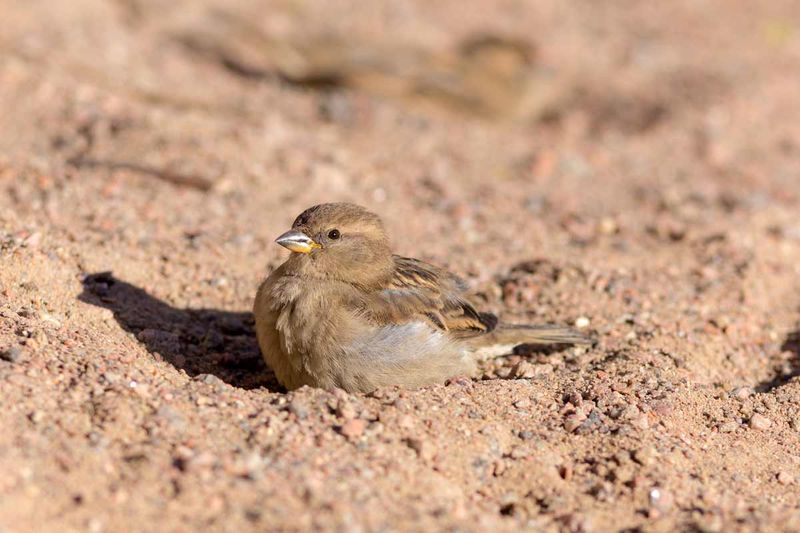
Birds don’t need soap and water to stay clean – many prefer dust! A patch of loose, dry soil in a sunny spot serves as nature’s dry shampoo for sparrows, doves, and thrashers.
Dust bathing helps birds control parasites and excess oil in their feathers. Create a designated patch by mixing sand, dry soil, and wood ash in a shallow depression. You’ll be amazed at the joyful bathing rituals that follow!
8. Protection From Predators
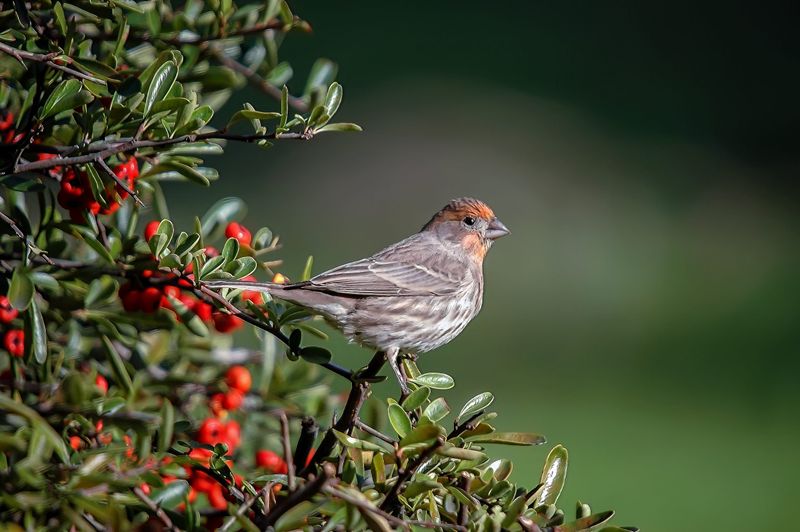
Smart birds scan for quick escape routes before settling in a yard. Thorny shrubs like barberry or hawthorn provide instant safety zones when danger approaches.
Position feeders and baths near protective cover – but not too close where predators could hide. Aim for a 10-15 foot distance between feeding areas and shelter. This buffer zone gives birds time to spot threats while keeping safety just a quick flight away.
9. Diverse Food Sources
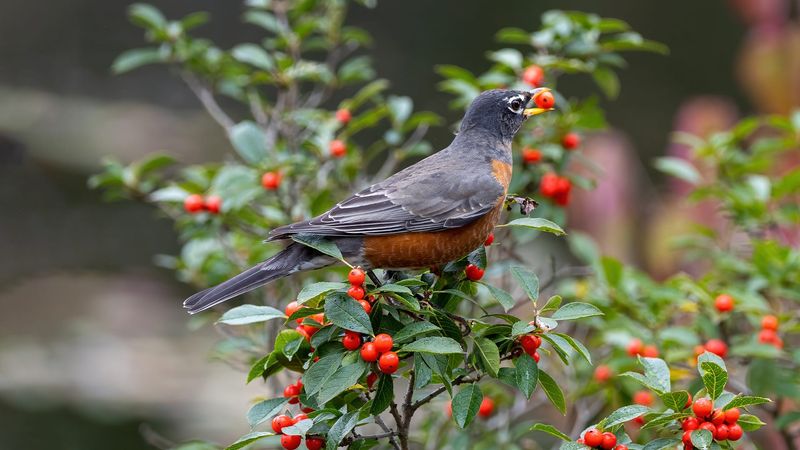
Beyond standard birdseed, happy birds seek yards offering nature’s varied menu. Nut-producing trees like oaks attract jays and woodpeckers, while fruit trees bring in orioles and tanagers.
Different bill shapes evolved for specific foods – finches crack seeds, warblers pluck insects, and hummingbirds sip nectar. By providing multiple food types, you’ll welcome birds with diverse feeding adaptations. Native plants automatically provide the exact foods your local species evolved to eat.
10. Perching Lookouts
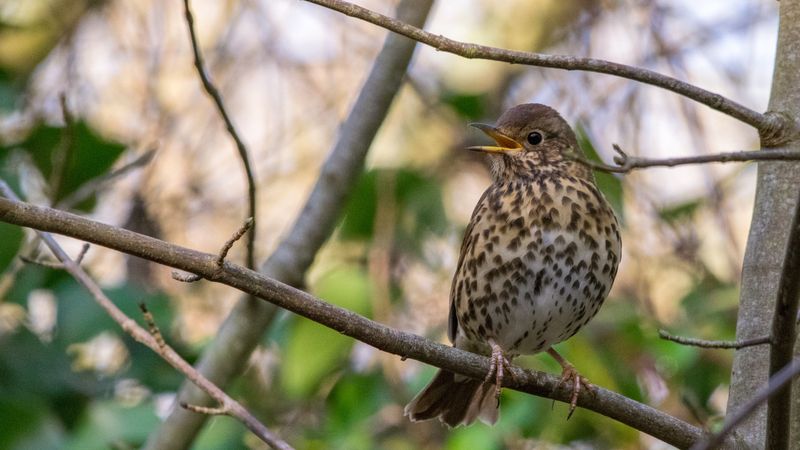
Tall garden stakes, fence posts, and exposed branches serve as essential surveillance points for birds. These elevated perches let them spot both food opportunities and potential dangers before committing to a landing.
Flycatchers specifically hunt from prominent perches, watching for flying insects before making acrobatic catches. Even simple additions like shepherd’s hooks or garden arches create perfect resting spots where birds can safely observe their surroundings.
11. Chemical-Free Maintenance
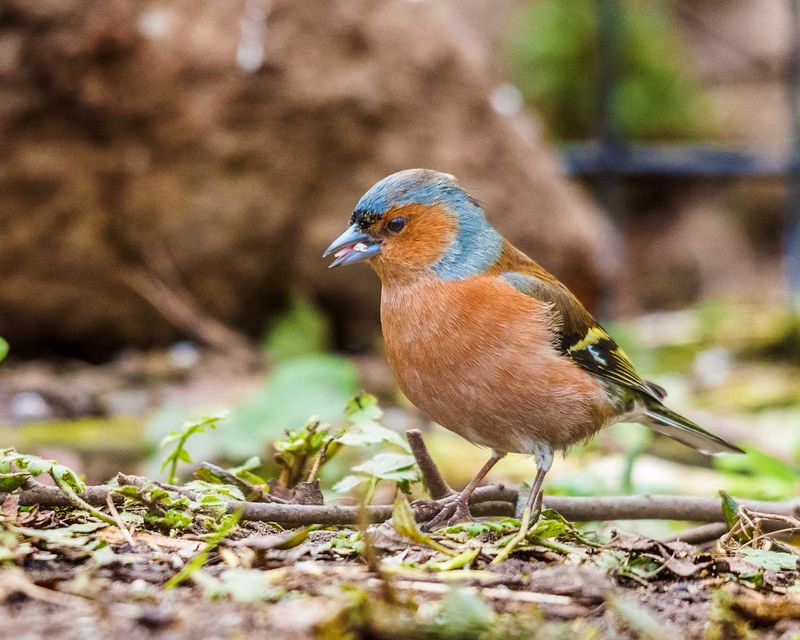
Yards without chemical pesticides and fertilizers attract health-conscious birds. Even trace amounts of these substances can harm birds directly or eliminate their food sources.
Birds have extremely efficient respiratory systems that make them extra sensitive to toxins. Their rapid metabolism also means they consume large amounts of potentially contaminated food and water. Natural gardening methods create safe havens where birds can thrive without chemical exposure.
12. Moving Water Features

Birds have incredible hearing that helps them detect water from surprising distances. The sound of splashing, dripping, or bubbling water acts like a magnet, drawing birds from far beyond your yard boundaries.
Simple solar fountains, water wigglers, or even repurposed garden hoses can create this irresistible attraction. The movement also prevents mosquito breeding while keeping water fresher longer. Birds particularly appreciate these features during migration when finding water is critical.
13. Winter Shelter Options
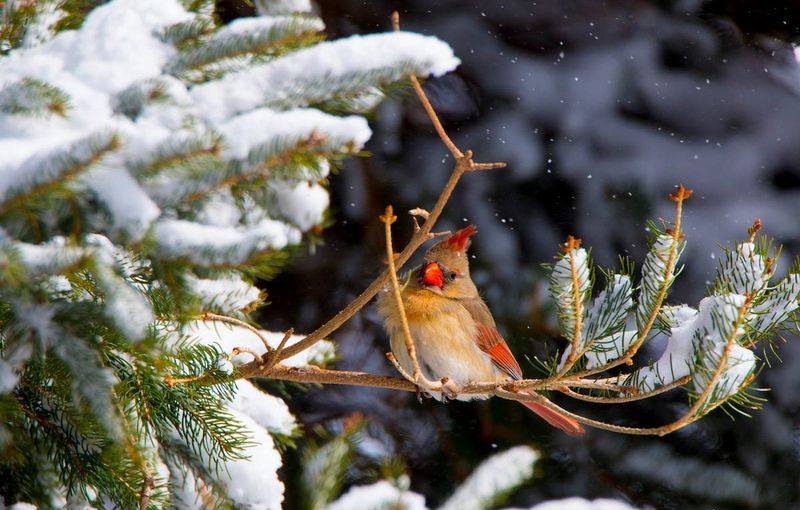
Evergreen trees, brush piles, and roosting boxes become survival essentials during cold months. These shelters block wind and trap body heat when temperatures plummet.
Chickadees and nuthatches huddle together in tree cavities on frigid nights, sometimes lowering their body temperature to conserve energy. Creating winter hideaways means more birds survive until spring. Even simple solutions like leaving hollow plant stems standing provide crucial winter insect housing.



